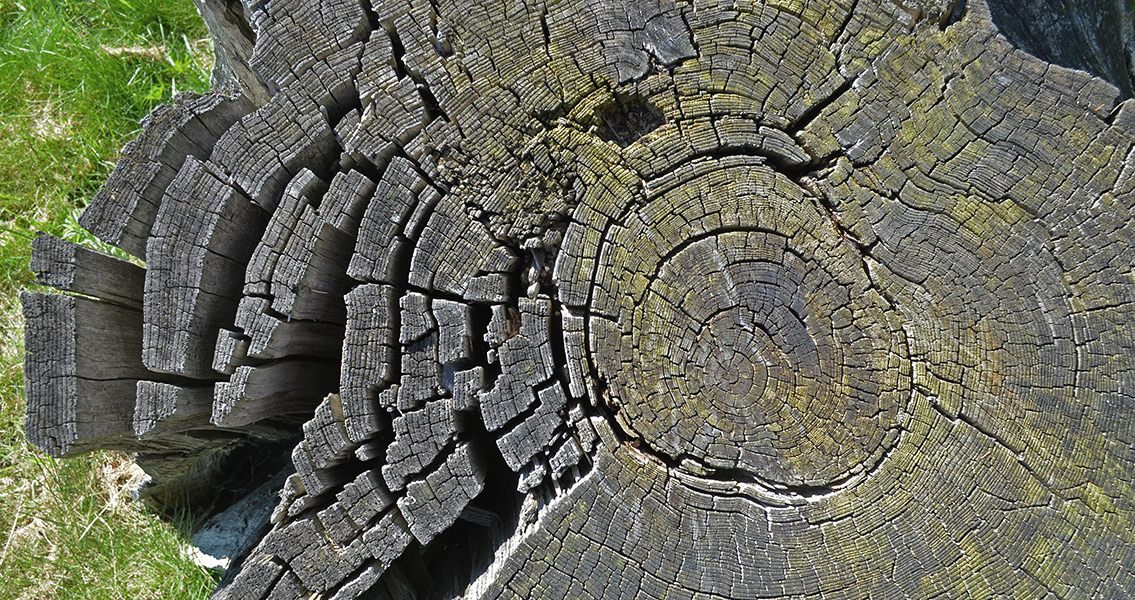<![CDATA[A new research study from Oxford University has found that ancient trees can be studied for telltale signs of intense bursts of radiation that occurred in the past, as a record of the event is present in their rings. Oxford scientists say that these new time-markers could aid researchers in dating events that occurred thousands of years ago. In a press release from the university, the authors of the study describe how being able to harvest such information could prove to be revolutionary when it comes to studying ancient civilizations such as the Maya and Egyptians. Currently, archaeologists are only able to uncover the vaguest of evidence when it comes to dating events happening in the furthest reaches of civilized history, having to rely on an estimated time window that’s usually several hundred years long. However, with trees present during radiation bursts harboring uncommonly high levels of carbon-14, a radioactive isotope integral for carbon dating, dates might be able to be pinpointed with much more accuracy. These spikes in carbon-14 content are akin to time-markers, with objects made from these organic materials – things like baskets, papyrus scrolls and objects made from wood – referred to as harboring “secret clocks” within them. Researchers believe that highly energetic solar storms were responsible for the Earth being bathed in unusually high levels of radiation in both 775 CE and 994 CE, which caused radiocarbon levels to spike in trees that were growing during these events. The dates of these radiation events are discernible with a high degree of precision, as tree-rings record the event, and the data gleaned from these tree-rings have been archived in the past. Building on these already existing tree-ring archives, the new study posits that spikes in carbon-14 should be detectable in global tree-ring databases spanning thousands of years. These time-markers may even make it possible for researchers to study ancient civilizations with much more accuracy when it comes to dating them. The research stresses that these time-markers should be present in any tree or plant that would have been alive and growing when a radiation surge happened, most notably in construction materials like wooden timbers or artifacts made from plants that were alive at the time of the radiation events. Tree-ring data has the potential to reveal other yet-unknown radiocarbon surges as well, the research authors suggest. The new technique is not without its flaws, however. Currently, data from tree-rings is not available year-by-year but instead only in larger blocks that are decades long. To circumvent this, researchers have proposed using new mathematical methods to pinpoint specific years in these larger blocks when radiocarbon levels spiked suddenly. The paper points out additional problems with this method, adding that there is no exact count of how many times the Earth has been subjected to these radiation storms and how severe they might have been; however, discovering new spikes in the tree-ring record could also expand our knowledge of solar activity over the last several thousand years. The new paper, published in the journal Proceedings of the Royal Society A, is available online here Image courtesy of Selbymay]]>
Ancient Trees Record “Radiation Bursts” in Their Rings
